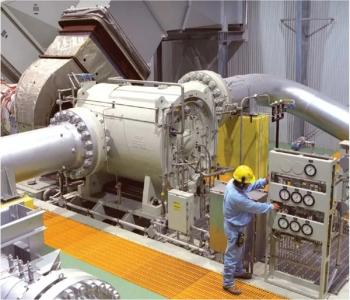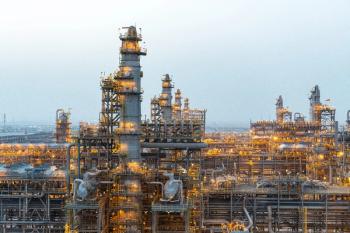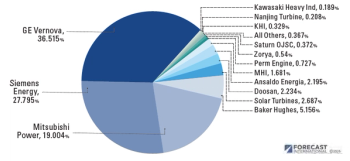
Frame vs aero: Changing equations in simple cycle
In simple cycle peaking operation, the aeroderivative has become the technology of choice. But in recent times, the technology of SCR and industrial gas turbine has improved so much that they can be considered for peaking application now. Startup times have become faster, ramp rates have improved and technical challenges in combining a hot SCR with a simple cycle frame engine can be surmounted.
LMS100-PA+/PB[/caption]
So, given the capital cost advantage of the industrial gas turbine with a backend SCR system, is it now competitive with the aeroderivative in peaking markets, asks Craig S Booker of Mitsubishi Hitachi Power Systems Americas through his paper “Frame vs aero: Who wins in simple cycle?” presented at Power Gen International this year. Below is a summary of the paper.
Four years of data (2012-2015) of simple cycle generating units across the US shows that 90% of plants had an operating profile consisting of a capacity factor of 15% or less and 150 starts or less per year. Operating hours are low and so the plant must develop as many MWh as quickly as possible. Use of renewables is driving much of this. There are spinning reserve and capacity markets too.
Within the last 5-10 years, frame gas turbines have made significant technological advancements which have been mainly driven by the larger frame models and adopted into the smaller sized products. Blade tip clearances, thermal barrier coatings, combustors, blade design and advanced manufacturing processes have helped to improve the performance of frame engines.
Frame engines have been challenging for SCR’s due to their high exhaust gas temperature and the potential impact on catalyst materials and life. That said, when looking at the projects that have given a bad reputation to frame engines and SCR’s, the majority of the problems have arisen from improper installation and/or engineering design.
With the maturation of catalyst technology and design and installation practice improving, many of the previously experienced problems with combining SCR systems and simple cycle turbines can be overcome.
Further, frame type gas turbines still carry a cost of energy advantage. Assuming 15% capacity factor, 150 starts/year, 20-year evaluation and $3.50 gas price, frame gas turbines have a 12% to 15% lower cost of energy.
Newsletter
Power your knowledge with the latest in turbine technology, engineering advances, and energy solutions—subscribe to Turbomachinery International today.





